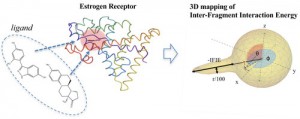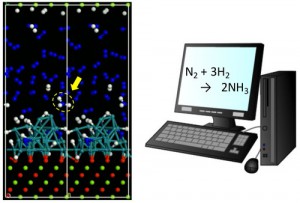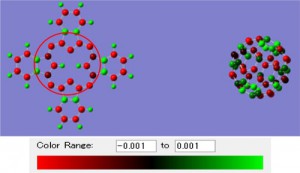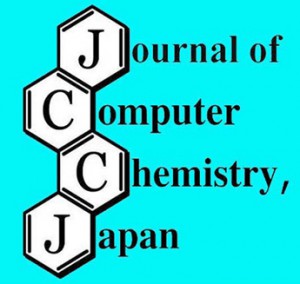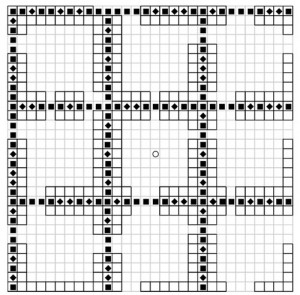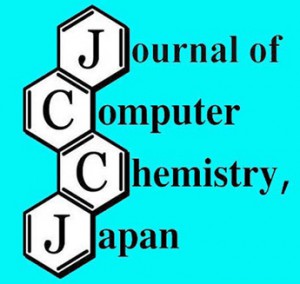[Published online Journal of Computer Chemistry, Japan Vol.15, 239-241, by J-STAGE]
<Title:> Electronic Similarity among Protein-Ligand Complexes: Development of the Interaction-Energy Projection Method
<Author(s):> Manabu SUGIMOTO, Takafumi INOUE
<Corresponding author E-Mill:> sugimoto(at)kumamoto-u.ac.jp
<Abstract:> A numerical model, called the interaction energy projection method (IEPM), is suggested to evaluate electronic similarity among protein-ligand complexes. Herein we apply the method by referring to the “inter-fragment interaction energy (IFIE),” calculated using the fragment molecular orbital (FMO) method, in two human estrogen receptor complexes.
<Keywords:> Electronic similarity, Protein-ligand docking, Fragment molecular orbital method, Inter-fragment interaction energy, Estrogen receptor, Interaction energy projection method
<URL:> https://www.jstage.jst.go.jp/article/jccj/15/6/15_2016-0061/_article/-char/ja/
<Title:> Electronic Similarity among Protein-Ligand Complexes: Development of the Interaction-Energy Projection Method
<Author(s):> Manabu SUGIMOTO, Takafumi INOUE
<Corresponding author E-Mill:> sugimoto(at)kumamoto-u.ac.jp
<Abstract:> A numerical model, called the interaction energy projection method (IEPM), is suggested to evaluate electronic similarity among protein-ligand complexes. Herein we apply the method by referring to the “inter-fragment interaction energy (IFIE),” calculated using the fragment molecular orbital (FMO) method, in two human estrogen receptor complexes.
<Keywords:> Electronic similarity, Protein-ligand docking, Fragment molecular orbital method, Inter-fragment interaction energy, Estrogen receptor, Interaction energy projection method
<URL:> https://www.jstage.jst.go.jp/article/jccj/15/6/15_2016-0061/_article/-char/ja/
